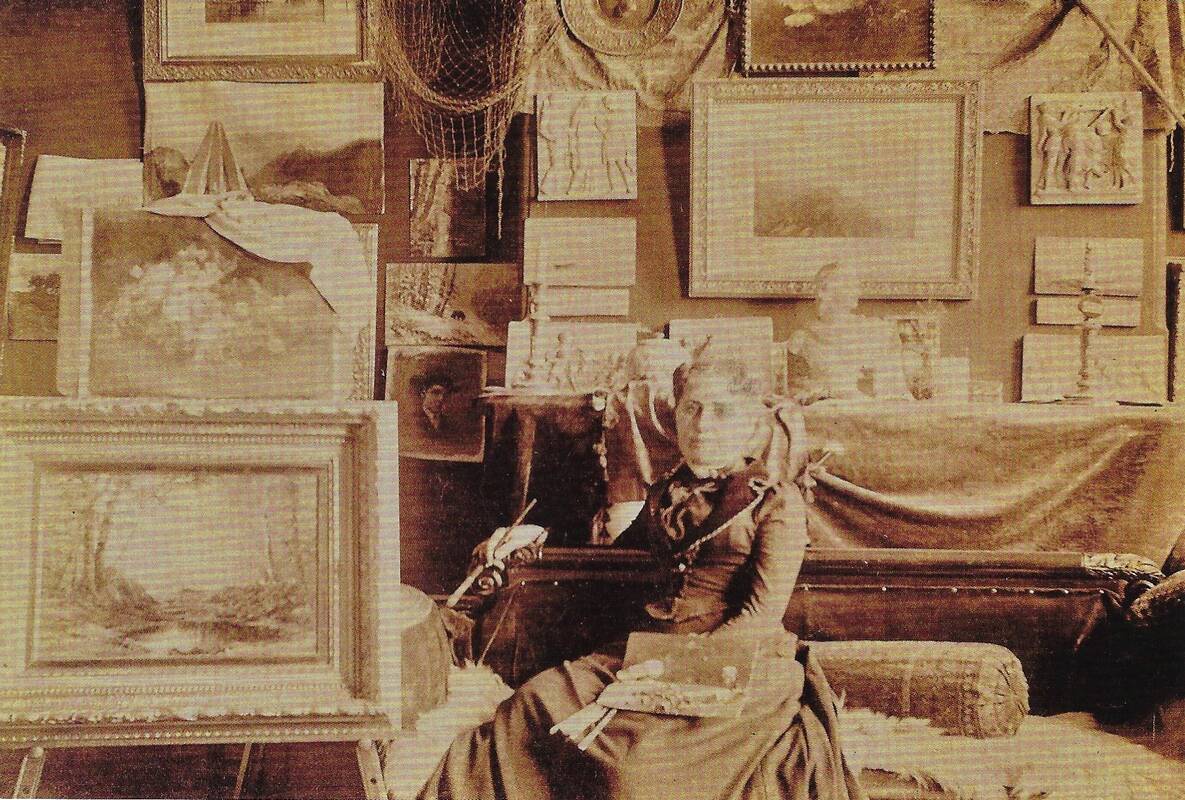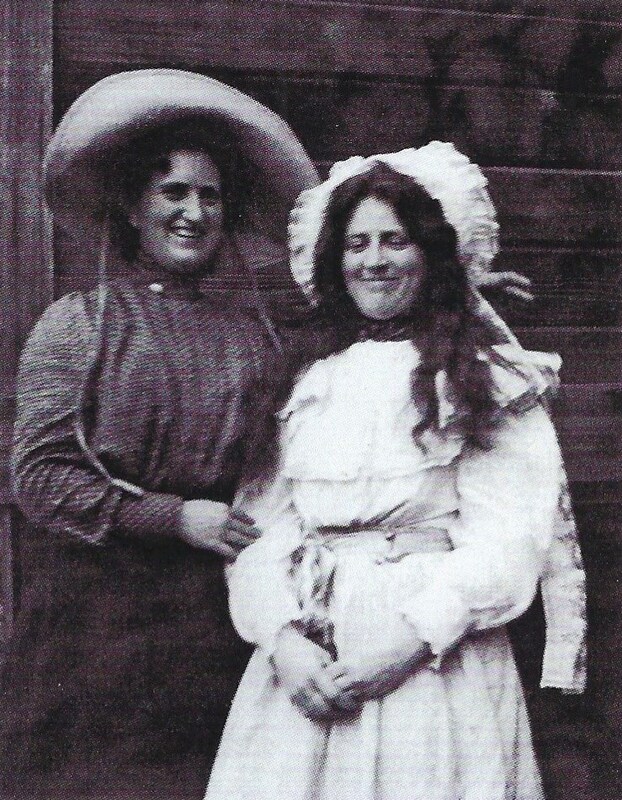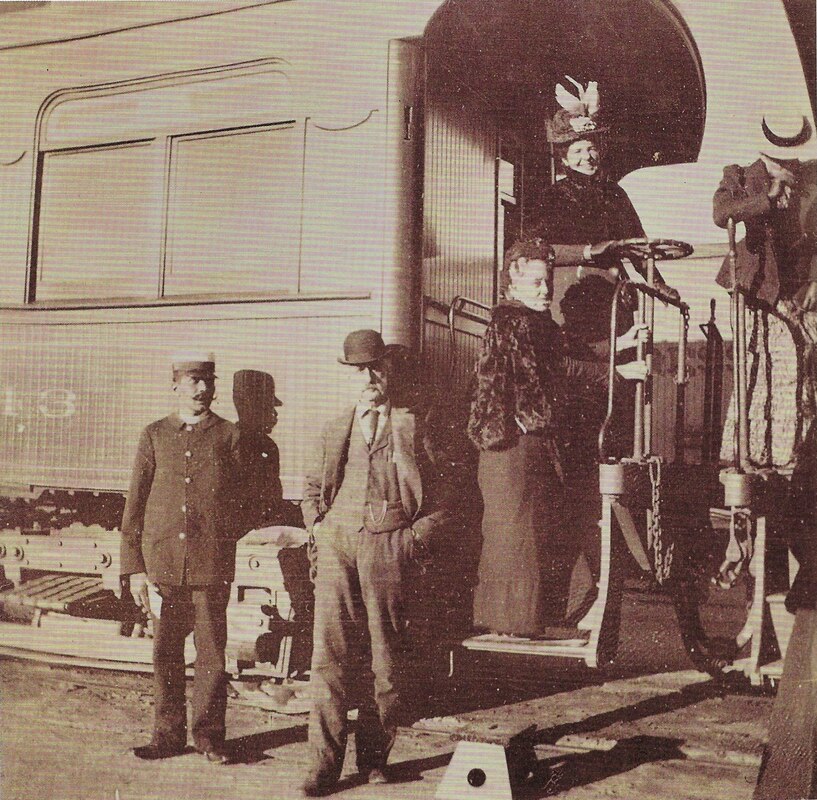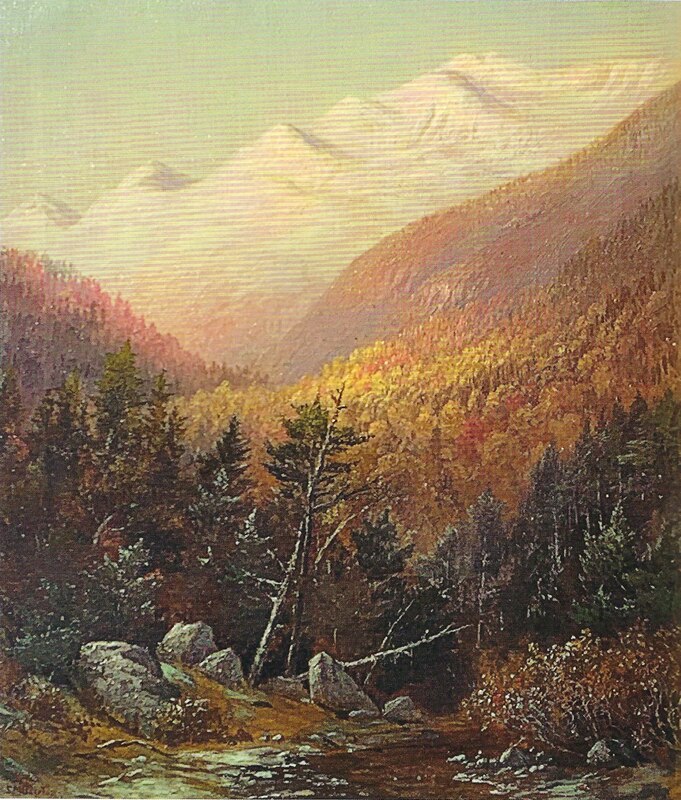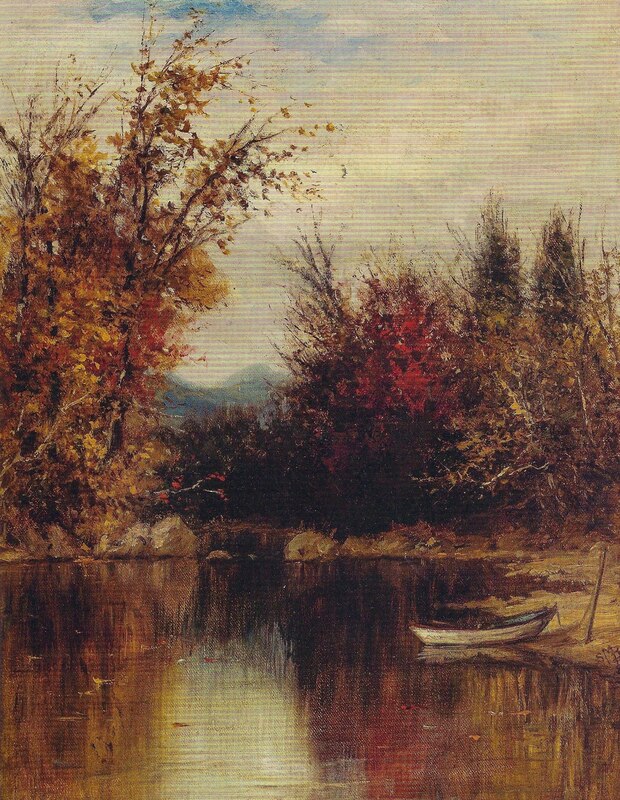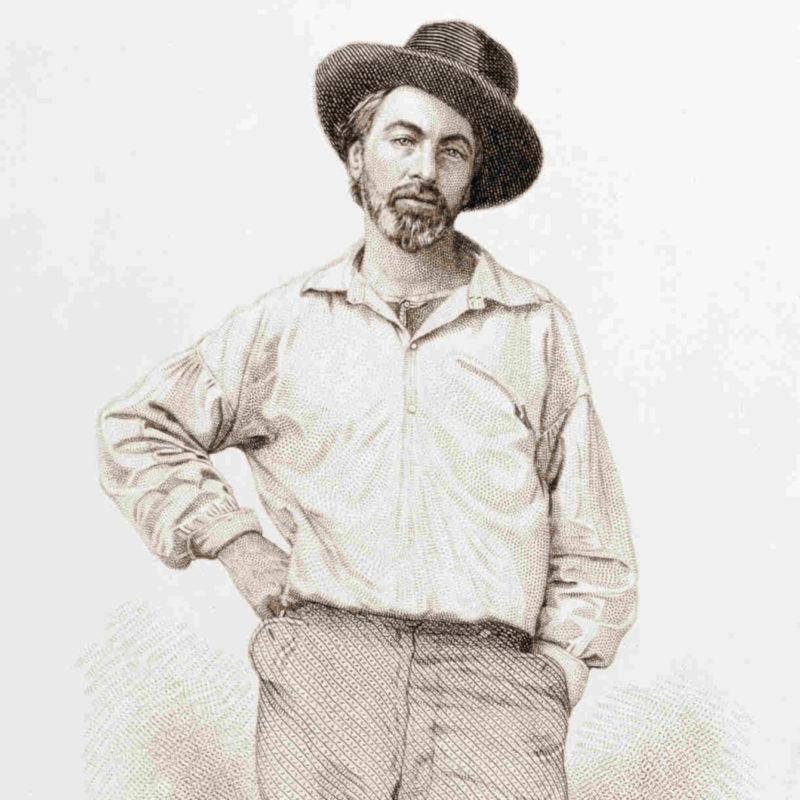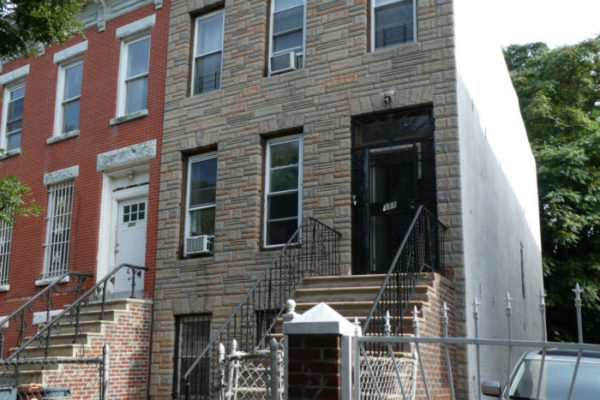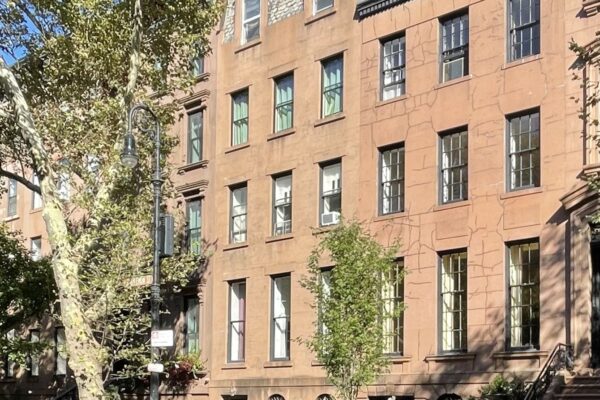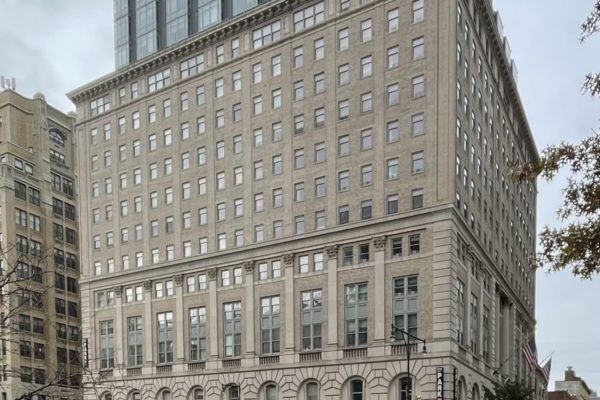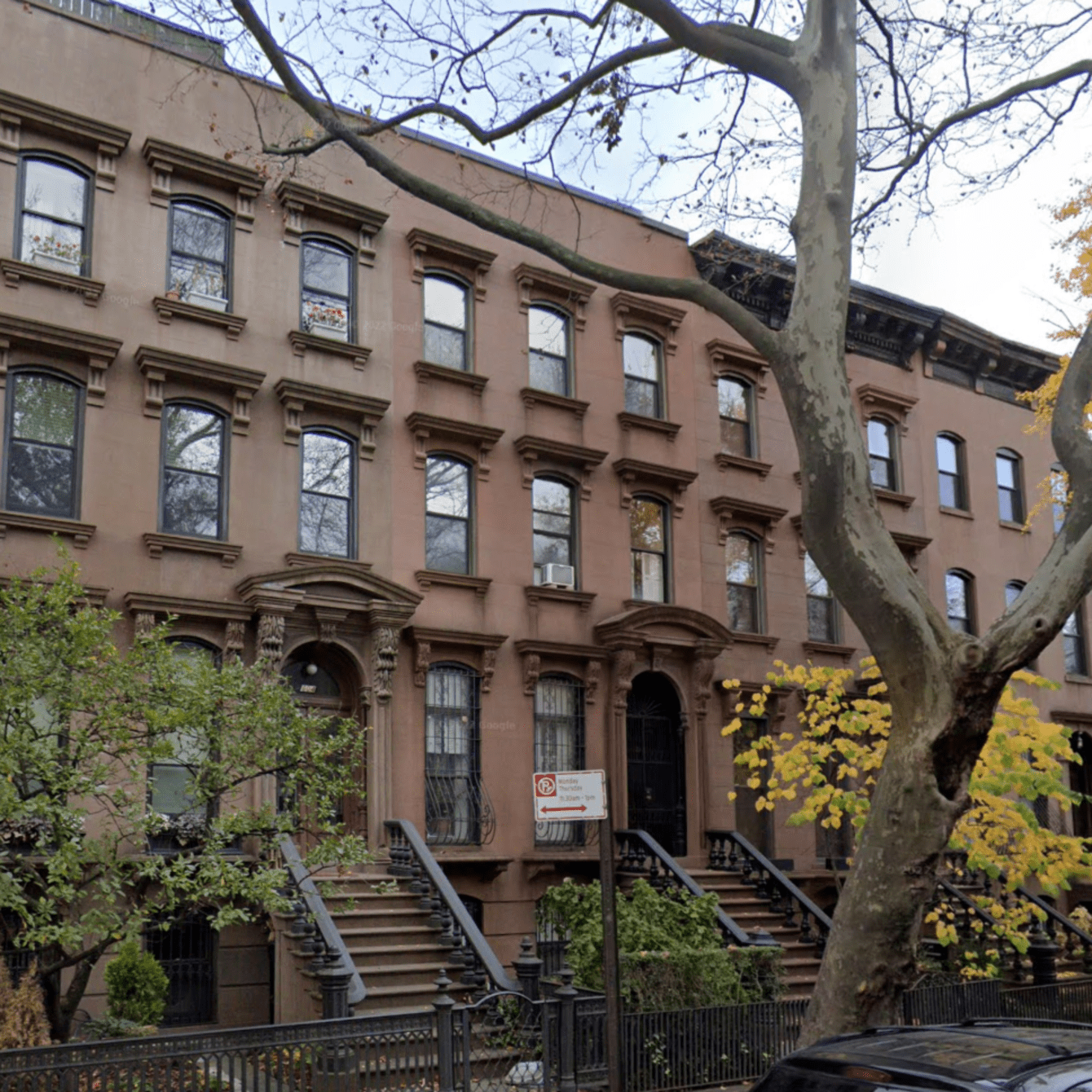
Susie M. Barstow Residence & Studio
overview
Brooklynite Susie M. Barstow, who lived in this Prospect Heights rowhouse beginning in the 1880s, was a successful landscape painter in the last decades of the 19th century and first years of the 20th century.
Along with her partner, Florence Nightingale Tallon, she traveled the world looking for inspiration, but always came back to her studio in Brooklyn.
On the Map
VIEW The Full MapHistory
The history of the Hudson River School and 19th-century American landscape painting in general is often described as a movement of intrepid male artists, such as Thomas Cole, Frederick Church, and Albert Bierstadt, venturing into the wilderness to celebrate nature, frequently on monumental canvases. As historians have recently discovered, this is only part of the story of American art. Although largely forgotten until recently, women also found artistic and economic success as landscape painters, including Brooklyn-born Susie M. Barstow (1836-1923), whose work has been rediscovered in a monograph and exhibition catalog by art historian Nancy Siegel. Professor Siegel has written that:
Without a doubt, Barstow was a notable figure in the field of American landscape painting.
Barstow was born to a wealthy Brooklyn family — her father was a tea broker and grocery merchant. She was educated in art at the Rutgers Female Institute in Manhattan, class of 1853, and later at the Cooper Union. Soon after graduation from the Rutgers Institute, Barstow started traveling, seeking inspiration in the natural world for her art, a passion partly inspired by the writings of English critic John Ruskin and also by the work of Asher B. Durand, a first-generation Hudson River School landscape painter who was a family friend. She hiked the Catskills, Adirondacks, and White Mountains, ventured to the little-known wild landscapes of the American West, explored the mountains of Europe, and traveled around the world, always sketching and drawing scenes that would later be incorporated into her paintings.
Beginning in the 1880s, Barstow maintained her city home and studio in a brownstone-fronted rowhouse at 602 Carlton Avenue in the prosperous Prospect Heights neighborhood. In 1890, the Brooklyn Citizen described Barstow’s “dainty little studio” in the rear extension of the house, with its rare rugs and polished floor. In c. 1903, Barstow moved to 147 Pierrepont Street (demolished) in Brooklyn Heights and, at the time of her death in 1923, she was living at 122 Montague Street, also in Brooklyn Heights.
In the early 1880s, Barstow met Florence Nightingale Thallon, an artist who was also from a wealthy Brooklyn family. Although they never lived together in Brooklyn, their relationship was accepted by family and friends, and for almost twenty years they were travel companions (including a two-year around-the-world trip in 1901-03), and spent summers together in Sebago, Maine. For unknown reasons, the couple split c. 1905. Both are buried at Brooklyn’s Green-Wood Cemetery, but not together.
Barstow had a successful career as a painter, displaying work at National Academy of Design, Brooklyn Art Club, Ladies’ Art Association, and other public exhibitions. She successfully sold her relatively small-scale paintings to private collectors who displayed them on the walls of their homes. Her early landscapes are largely in a picturesque Hudson River School style, imbued with religious overtones (she was a devout Baptist). The Brooklyn Citizen wrote that “her specialty is woodland scenes, with shadowy brooks and silver birches.” Her later landscapes take on a more subdued and atmospheric tonalist form, reflecting the influence of the French Barbizon School on American landscape painting. In addition to her painting, Barstow was active in the suffrage movement, taught painting to other women, was involved in the founding of the Brooklyn Museum, and campaigned for art classes where women could sketch male nudes. Her obituary in the Brooklyn Daily Eagle describes her as a “prominent landscape artist, whose paintings won her wide renown.”
Entry by Andrew S. Dolkart, project director (January 2024).
NOTE: Names above in bold indicate LGBT people.
Building Information
- Architect or Builder: Unknown
- Year Built: c. 1874
Sources
“Art Notes,” Brooklyn Citizen, December 28, 1890.
“Miss Barstow Dies; Prominent Artist,” Brooklyn Daily Eagle, June 13, 1923.
Nancy Siegel, Susie M. Barstow: Redefining the Hudson River School (London: Lund Humphries, 2023). [source of pull quote, 10]
Nancy Siegel, Kate Menconeri, and Amanda Malstrom, Women Reframe American Landscape: Susie Barstow & Her Circle (Catskill, NY: Thomas Cole National Historic Site and Munich: Hirmer, 2023).
Do you have more information about this site?
This project is enriched by your participation! Do you have your own images of this site? Or a story to share? Would you like to suggest a different historic site?
